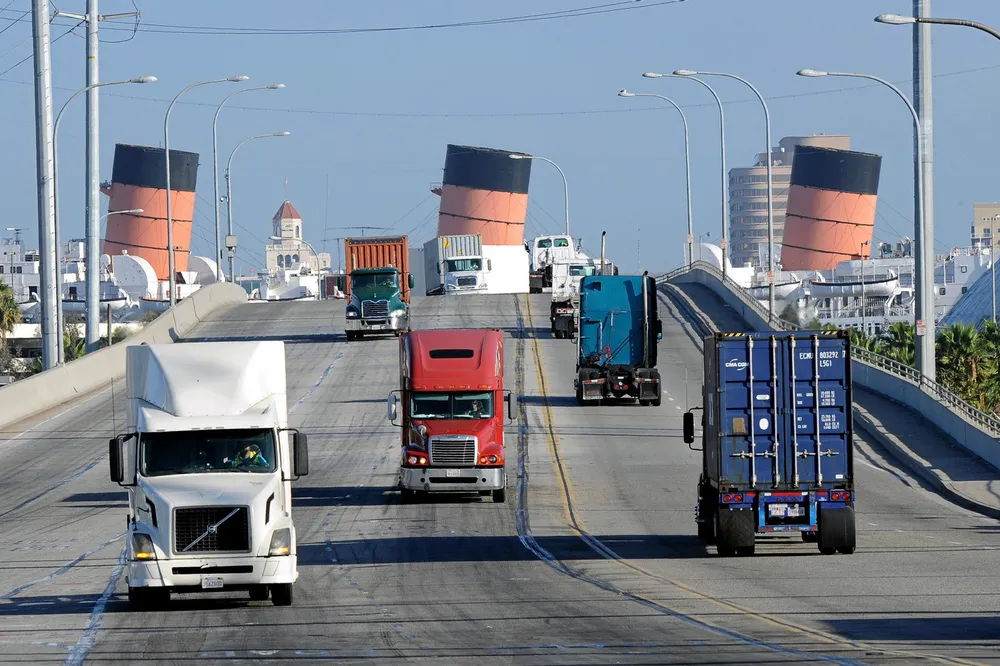Only hydrogen and electric trucks to be allowed in California as regulators approve phase out of heavy-duty diesel vehicles
New trucks for certain fleets must be zero-emission from next year, with all fossil-fuel heavy vehicles to be banned in state by 2042
